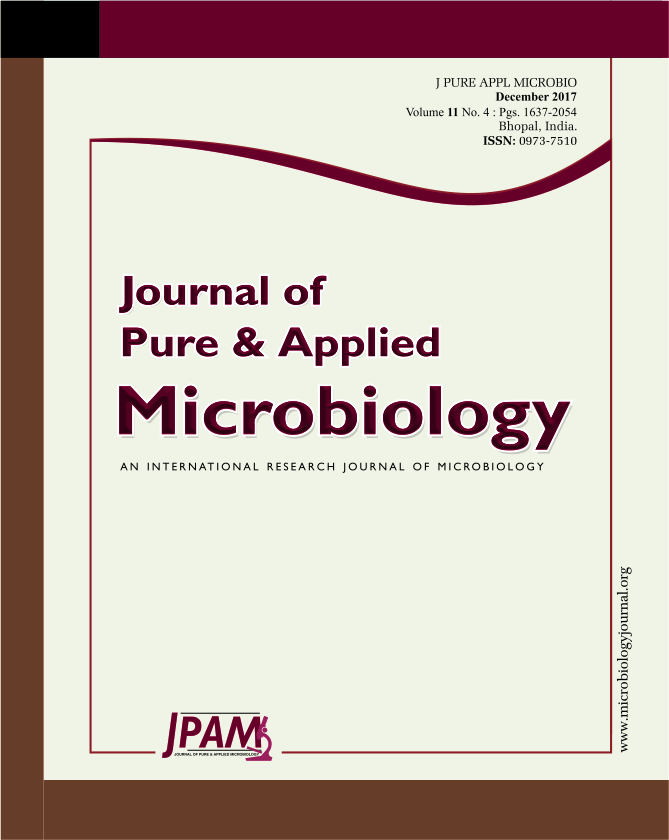Root endophytic freshwater hyphomycetes Anguillospora longissima and Cylindrocarpon aquaticum were evaluated for phosphate solubilization potential, on Pikovskaya media. Used endophytic fungi were isolated from the riparian plants Equisetum sp. and Eupatorium adenophorum Spreng., respectively, growing in the ravine areas of Kumaun Himalaya, India. Phosphate solubilizing potential was assessed by calculating solubilization index (SI) on PKV agar and by estimating solubilized phosphate through spectrometric analysis, at 827 nm wavelengths, using a double beam spectrophotometer. Both the isolated fungi were found potent to produce halo zones on PKV agar as well as to grow and solubilize the phosphate in PKV broth (phosphate rich medium). Further, decreased pH and increased fungal mycelial weights during the phosphate solubilization have proven the potential of used fungi to grow and solubilize the phosphate in PKV. Comparatively, fungus A. longissima was found much potent for phosphate solubilization (solubilization index (SI) = 1.53, solubilized phosphate 2.25 mg/L) than the fungus C. aquaticum (SI = 1.19 and 2.00 mg/L).
Freshwater fungi, root endophyte, phosphate solubilization, pH, mycelial weights, halo zones.
© The Author(s) 2017. Open Access. This article is distributed under the terms of the Creative Commons Attribution 4.0 International License which permits unrestricted use, sharing, distribution, and reproduction in any medium, provided you give appropriate credit to the original author(s) and the source, provide a link to the Creative Commons license, and indicate if changes were made.


